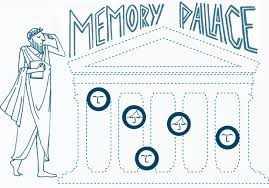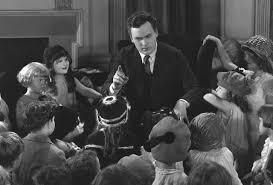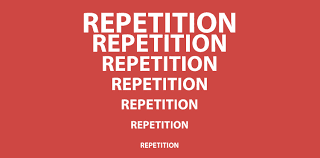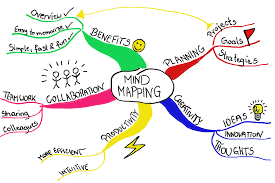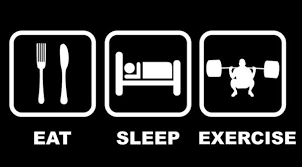Learn more about personaldevelopment with this collection
How to showcase your skills and experience
How to answer common interview questions
How to make a good first impression
1. The Loci Technique
Also known as “The Memory Palace, it consists of associating each item you’re trying to remember with a specific image and a place. You can imagine the items lying around in places that have a personal meaning to you.
875
2.19K reads
2. Mnemonics
Acronyms, music (very effective) or rhyme, or sentences of words that start with the same letter as the items you are trying to memorize are all mnemonic techniques that help you to remember and retrieve information.
740
1.31K reads
3. The Storytelling Technique
Stories encompass all the qualities of information that makes our brain love and remember it: vivid and colorful picture and engaging plotlines about other beings that are alive.
By creating a narrative that is interesting to and include items you need to memorize, you create a story your brain can follow.
797
1.18K reads
4. Chunking
Consists of grouping items together based on context or pattern that feels meaningful to you in order to remember them easier. Like grouping groceries list after the alphabet or by type of food.
732
1.26K reads
5. The Building Technique
Consists of developing a deeper understanding of something and relating facts and concepts about it to each other in order to help you understand them better.
This can be used in conjunction with other techniques and is ideal for more complex concepts or facts.
749
1.21K reads
6. Repetition
For simple concepts and words, you repeating them up to 30 times helps memorization. Bigger things, such as speeches or job presentations, might require more repetitions.
If possible try to understand the essence of what you are trying to memorize in order to avoid mistakes and hiccups if you forget words or mix up the order of your points.
775
1.16K reads
7. Mind Maps
Best to breaking down longer text or multiple documents.
Start by writing the central topic or idea you are trying to remember on paper, preferably expressed by one or two words. Then, connect it to sub-topics with simple lines as they relate to each other. The further away from the main topic you are, the more in detail about the topic you get.
785
1.09K reads
8. Lifestyle improvements
Improving your lifestyle might not give you an overnight boost in memory but it will have a positive long-term effects that potentializes other effective.
Simple ways to improve your lifestyle are proper sleeping, healthy eating and consistently practicing exercises that elevate your pulse. These have been shown to
723
1.1K reads
Things You Don’t Need to Memorize
Our brains have limited power to remember and process things. To remediate that we can automate repetitive tasks using techniques like time blocking. This entails blocking off time on your calendar for fairly mundane tasks that happen in your life on a regular basis.
Blocking off time on your calendar gives your brain permission to stop thinking about those tasks because the time to complete them has been allocated already.
729
1.48K reads
CURATED BY
More like this
7 ideas
11 ideas
9 Types of Mnemonics to Improve Your Memory
verywellhealth.com
Read & Learn
20x Faster
without
deepstash
with
deepstash
with
deepstash
Access to 200,000+ ideas
—
Access to the mobile app
—
Unlimited idea saving & library
—
—
Unlimited history
—
—
Unlimited listening to ideas
—
—
Downloading & offline access
—
—
Personalized recommendations
—
—
Supercharge your mind with one idea per day
Enter your email and spend 1 minute every day to learn something new.
I agree to receive email updates

